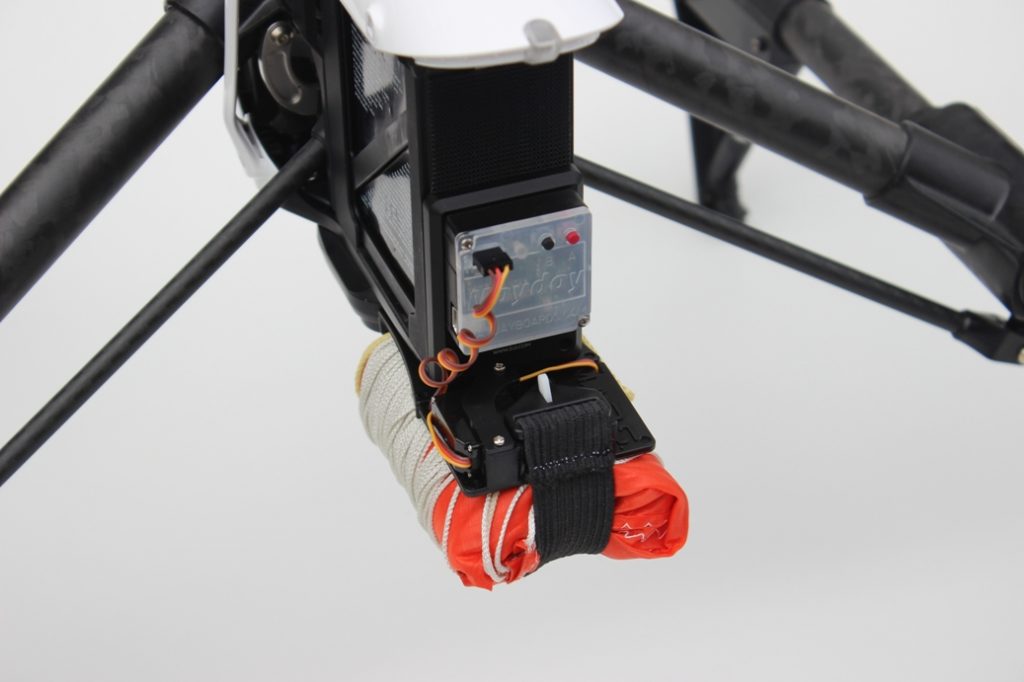As we start to see drones more in our daily lives, using them safely also becomes a bigger concern. One of the most fail safe ways to prevent damage in case of drone failures is using drone parachutes. Below is our interview with Mars parachutes, who is a California based maker of drone parachutes.
Robotic Magazine: We can see that various companies are lobbying for change of rules, that allows drones to fly out of sight, in order to make efficient deliveries to customers. How do parachutes fit in this in general? The new laws that are being shaped nowadays, do they involve parachutes?
Mars Parachutes: We do believe Parachutes will be a requirement as this is the only safe way to slowdown the craft in a malfunction The Laws are still being shaped and while we can’t say we know 100% that parachutes will be required, We do know that our products offer the safety That Law makers are striving for. Many other countries do have Mandatory parachute Laws in place which lead us to believe that the United States would follow suite into the much needed and progressive Technology that we are already manufacturing and providing. Currently Many U.S. commercial Drone operators are utilizing The Mars Parachutes system as a way to apply for a waiver by stating it is a Emergency landing system this would help with Line of sight, Fly over people and fly from moving vehicle.
Robotic Magazine: How fast can a parachute deploy, and what is the distance that it can fully slow down a falling drone?
Mars Parachutes: The Mayday Board is the Brain this board determines when and where to deploy the parachute due to the fact that the craft is freefalling and requires a parachute due to aircraft Malfunction. The Mayday board can detect a problem and deploy the parachute within .4 Seconds (400ms). Which the parachute takes another .3-.4 seconds to fully open and deploy this all happens less than 1 second while this can all happen within 16 feet we recommend lowest deployment altitude of 50 feet to reach close to its maximum parachute drag.
Robotic Magazine: Which drone applications are more likely to use parachutes / are using frequently already?
Mars Parachutes: Those using our parachutes right now are the Aerial mapping, Film and Aerial photography companies Who have Expensive equipment to Protect. We also have many clients who want to be sure not only that their drone and equipment is safe but that bystanders are protected from any harm a malfunction would inflict.
Robotic Magazine: Any other important points you might want to add about drone safety and parachutes?
Mars Parachutes: Many Customers wait until a harmful accident has occurred to begin flying safe by Purchasing a parachute. We do our best to raise awareness so that innocent bystanders are safe from the amount of damage a drone could cause and so that those who are flying drones are protected from a major financial loss. Our customers biggest concerns are camera payloads, liability, lawsuits and their home countries requiring a parachute in order to fly. We proudly meet the needs of our customers and protect them from the serious troubles a drone could unpredictably cause. While we do protect drones, our main purpose first off providing safety and secondly bringing peace of mind that the irreplaceable and expensive equipment many use with their drones are protected.





